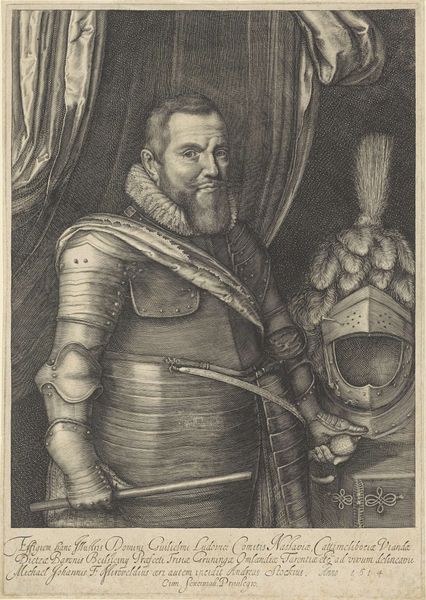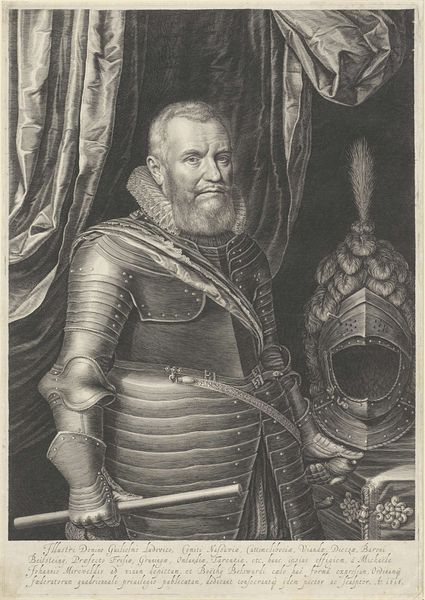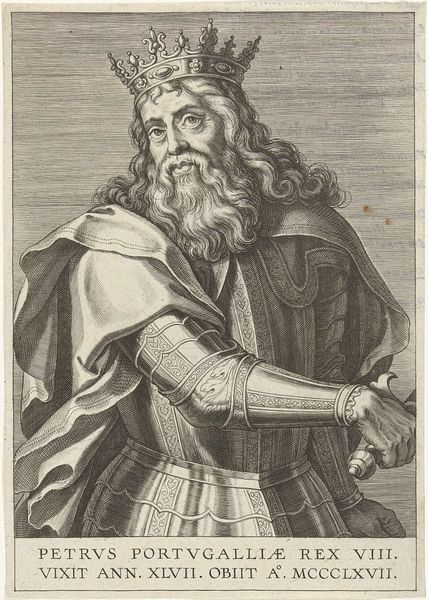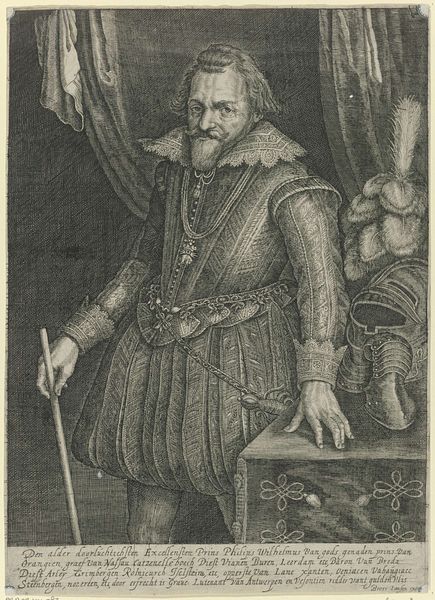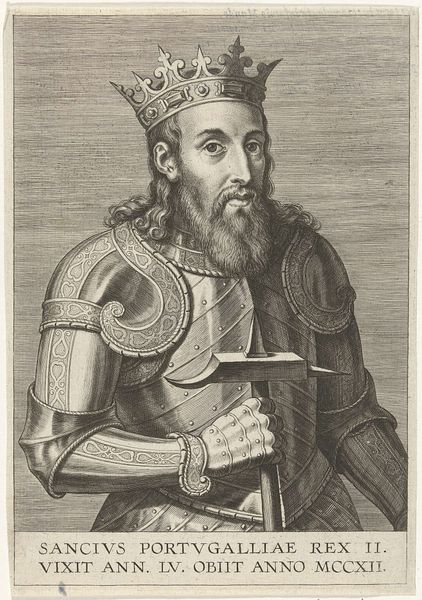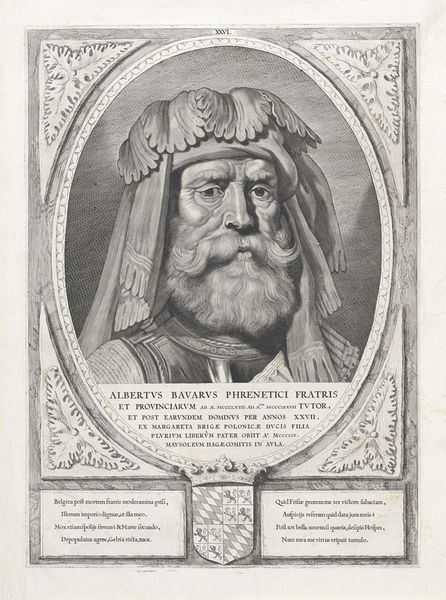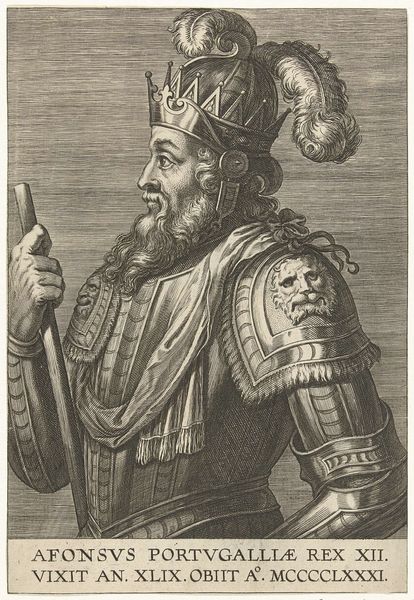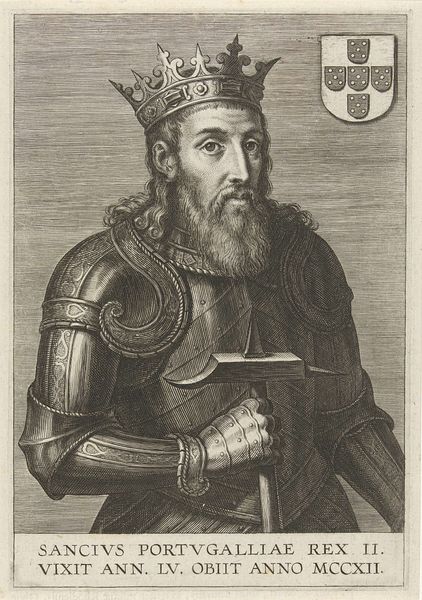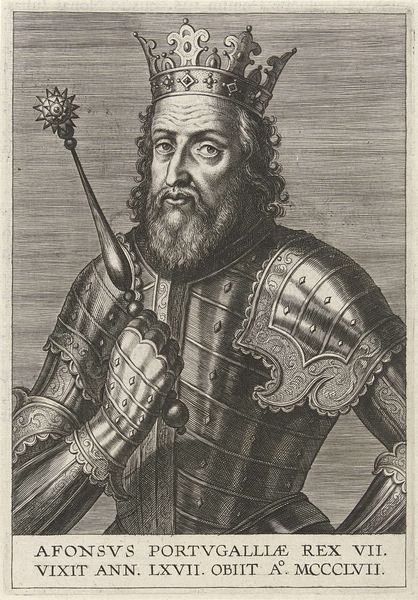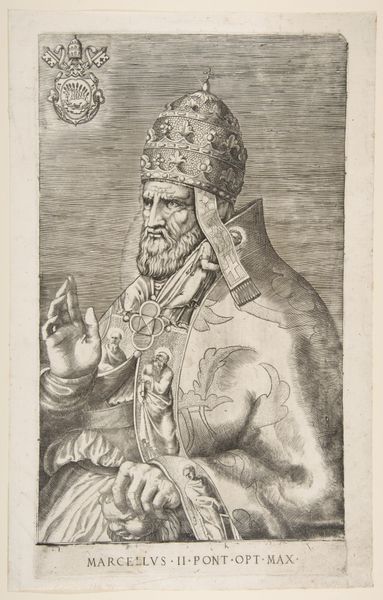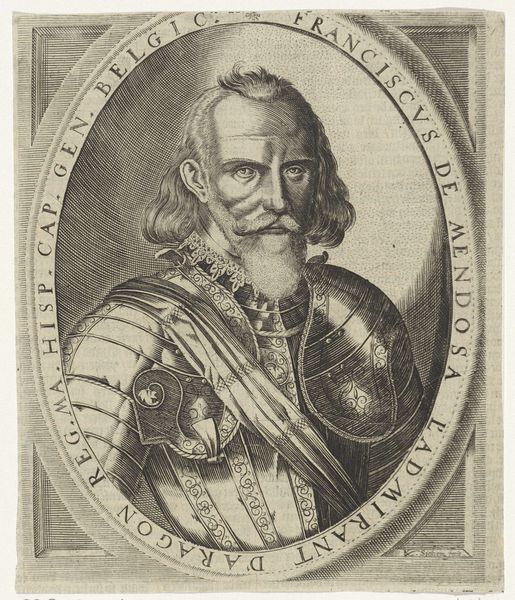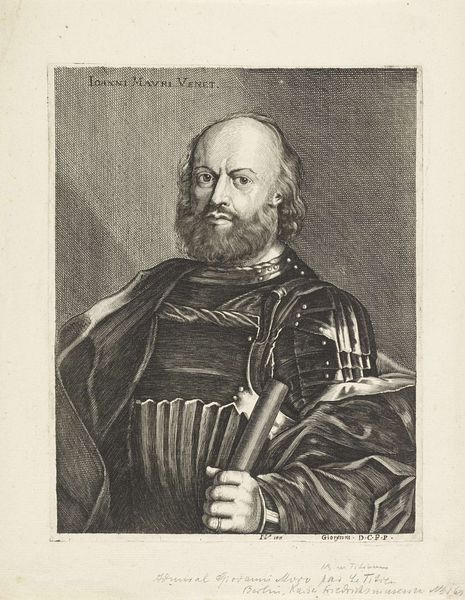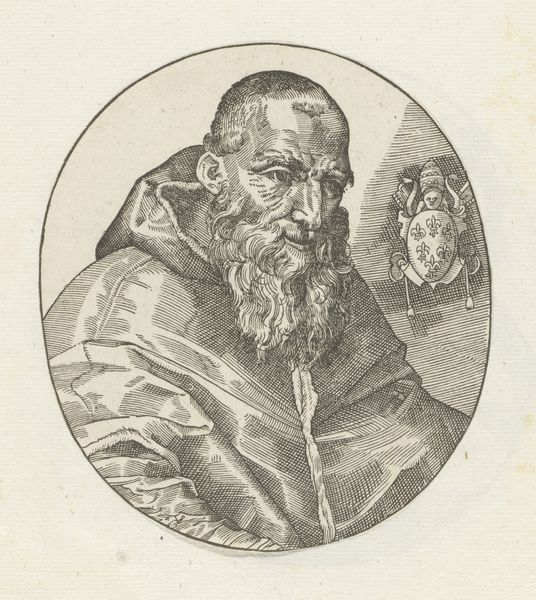
drawing, charcoal
#
portrait
#
drawing
#
charcoal drawing
#
figuration
#
romanticism
#
charcoal
#
history-painting
Copyright: Public domain
Editor: Here we have a charcoal drawing by Jan Matejko, depicting Mieszko III Stary. I find the high contrast gives it an almost sculptural quality. What do you see in this piece, particularly in terms of its formal elements? Curator: The immediate draw is the stark contrast achieved through charcoal. Observe how Matejko uses dense, almost velvety blacks to define form, juxtaposed with areas of stark white, creating an interesting surface and a visually powerful figure. Note the way light reflects off the figure's ringed hand versus how the light is dispersed across his garments. Editor: So the technique itself adds to the sense of drama? Curator: Precisely. The romantic, sweeping strokes of charcoal give life to the texture of fur, the glint of metal on the ceremonial staff. It's a visual dance between light and shadow. Consider how the background almost fades away, bringing the foregrounded figure into sharp focus, the central medallion is visually weighty against the textured beard and shoulders of the man. How do you see these techniques relating to the symbolic function? Editor: The deep shadows create a regal seriousness. By using charcoal to model form, he accentuates power and historical weightiness. Curator: An insightful point. The formal choices articulate the historical importance and authority that Matejko wishes to communicate about his subject. What's more, it has presence as an image - drawing really is a fine art. Editor: This analysis helps me see how the materials contribute to a cohesive message. Curator: It is by examining the materiality, form, composition and surface where much becomes self-evident.
Comments
No comments
Be the first to comment and join the conversation on the ultimate creative platform.
